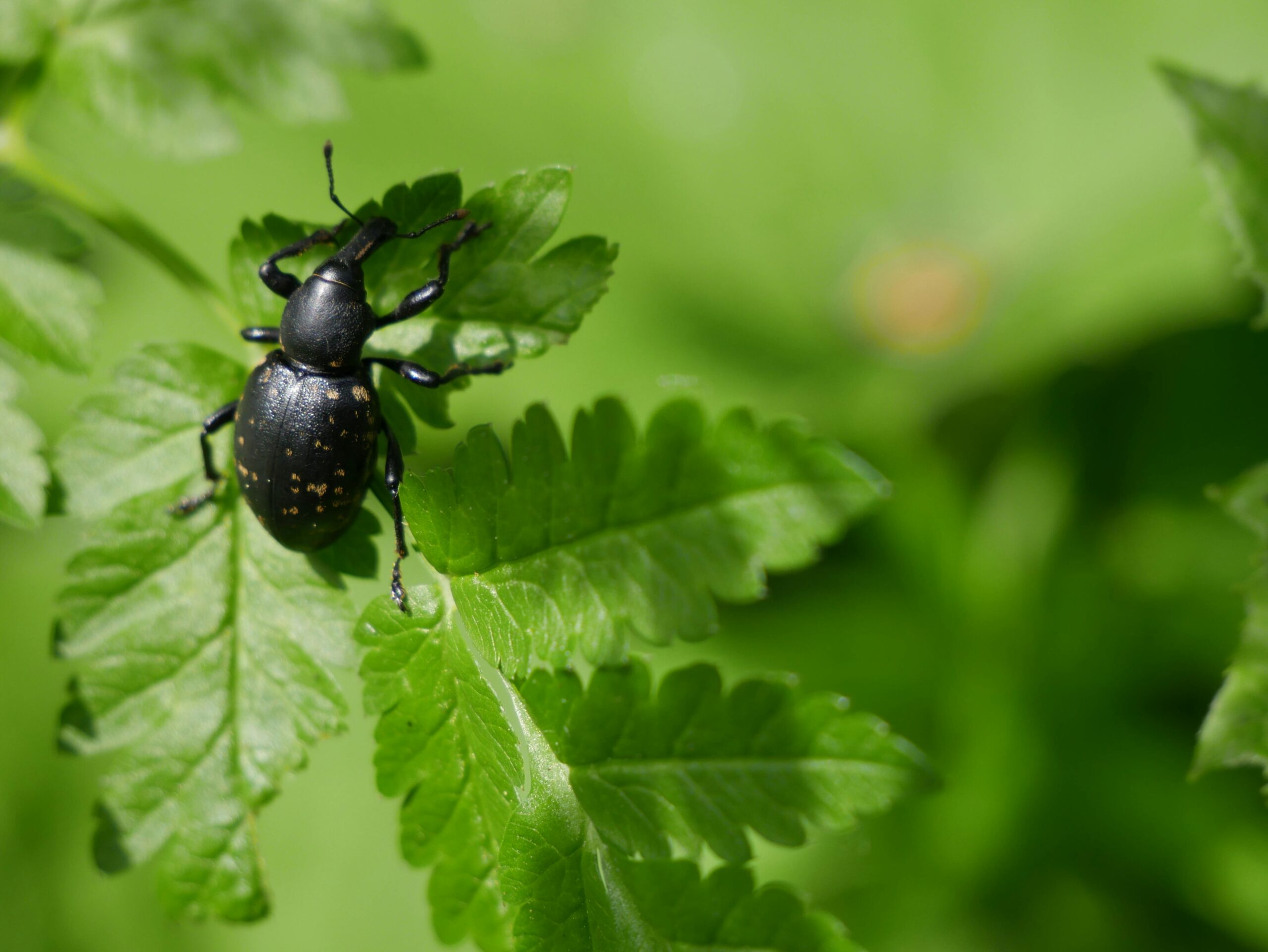Maintaining a healthy garden requires vigilance against unwelcome intruders that can quickly overtake native plants and disrupt local ecosystems. Invasive plants and insects, often introduced from other regions, can spread aggressively without natural predators to keep them in check. This article provides essential guidance on identifying common invasive species, implementing effective mechanical and chemical control methods, and preventing their spread to protect your garden’s biodiversity. By adopting proactive strategies for garden pest control, you can preserve the beauty and ecological balance of your outdoor space.
Understanding Invasive Species
Invasive species are non-native organisms that establish themselves in new environments, often causing ecological or economic harm. In garden settings, invasive plants typically grow rapidly, reproduce efficiently, and outcompete native vegetation for resources like sunlight, water, and nutrients. Similarly, invasive insects can devastate plants by feeding on leaves, stems, or roots without the natural controls that would limit their populations in their original habitats. The impact extends beyond aesthetics—these invaders can reduce biodiversity, alter soil composition, and even damage infrastructure. Gardens adjacent to natural areas are particularly vulnerable, as they can become launching points for invasives to spread into forests, meadows, and waterways. Recognizing the distinction between aggressive native plants and true invasives is crucial for responsible native gardening practices.
Common Invasive Plants to Watch For
Several notorious invasive plants have become widespread problems across North America. Japanese knotweed stands as one of the most challenging, with bamboo-like stems that can grow through concrete and regenerate from tiny root fragments. Its extensive underground rhizome system makes weed removal particularly difficult. Other common culprits include purple loosestrife, which can produce up to two million seeds annually; English ivy, which climbs and smothers trees; and garlic mustard, which releases chemicals that inhibit the growth of other plants. Kudzu, often called “the vine that ate the South,” can grow up to a foot per day during summer months. Many invasives were initially introduced as ornamental plants due to their attractive flowers or resilient nature, but their ability to escape cultivation has caused significant ecological damage. According to expert resources at AskHomey, early identification is crucial to preventing these plants from establishing themselves.
Identifying and Managing Invasive Insects
Invasive insects pose equally serious threats to garden health. The emerald ash borer, for instance, has destroyed millions of ash trees across North America. Asian long-horned beetles target hardwood trees, while spotted lanternflies damage fruit trees and hardwoods while excreting a sticky substance that promotes sooty mold growth. Japanese beetles, recognizable by their metallic green bodies, feed on over 300 plant species, skeletonizing leaves and damaging flowers. Signs of insect invasion include unusual leaf damage, visible egg masses, unexplained plant wilting, or strange growths on stems. Effective garden pest control requires regular monitoring—inspect plants weekly during growing seasons, checking under leaves and along stems for early detection. Beneficial insects like ladybugs and praying mantises can help control some invasive populations naturally, supporting a balanced ecosystem in your garden.
Effective Removal Techniques
When tackling invasive plants, mechanical removal often provides the most environmentally friendly approach. For smaller infestations, hand-pulling works well if you ensure removal of the entire root system. Persistent plants like Japanese knotweed require repeated cutting to exhaust their energy reserves, sometimes over several seasons. For larger areas, sheet mulching—covering unwanted vegetation with cardboard or landscape fabric topped with mulch—can effectively smother invasive plants. In severe cases, chemical controls may become necessary. Herbicides containing glyphosate or triclopyr can be effective, though they should be applied carefully to minimize environmental impact. Always follow label instructions precisely, and consider spot-treating individual plants rather than broadcasting chemicals. For invasive insects, mechanical removal by hand, insecticidal soaps, neem oil, or targeted chemical insecticides may be appropriate depending on the species and infestation level. The timing of control efforts is crucial—intervene before plants set seed or insects reproduce.
Prevention Strategies for Long-term Success
Preventing invasions before they start represents the most efficient approach to managing invasive species. Research plants thoroughly before introduction to your garden, focusing on native species that support local ecosystems. When purchasing plants, inspect them carefully for hitchhiking pests or diseases. Practice good garden hygiene by cleaning tools between use, especially when moving between different garden areas. Create physical barriers around particularly vulnerable plants or sections. Avoid disturbing soil unnecessarily, as this can bring dormant seeds to the surface where they can germinate. Establish a robust community of native plants that naturally resist invasion through their established root systems and ecological relationships. Replace areas previously dominated by invasives with diverse native plantings to restore ecosystem functions and reduce vulnerability to future invasions.
Community Efforts and Resources
Managing invasive species extends beyond individual gardens. Many communities organize removal events for problematic species like Japanese knotweed or garlic mustard. Participating in these efforts helps control larger infestations while providing valuable learning opportunities. Local extension offices typically offer identification guides and management recommendations specific to your region. Some areas maintain invasive species hotlines where you can report new sightings, helping authorities track spreading populations. Consider joining citizen science programs that monitor invasive species distribution, contributing to broader understanding and management strategies. Native plant societies often provide excellent resources for transitioning to native gardening approaches that naturally discourage invasives while supporting local wildlife.
For more tips and to connect with reliable home service professionals, follow AskHomey on Facebook and Instagram.



